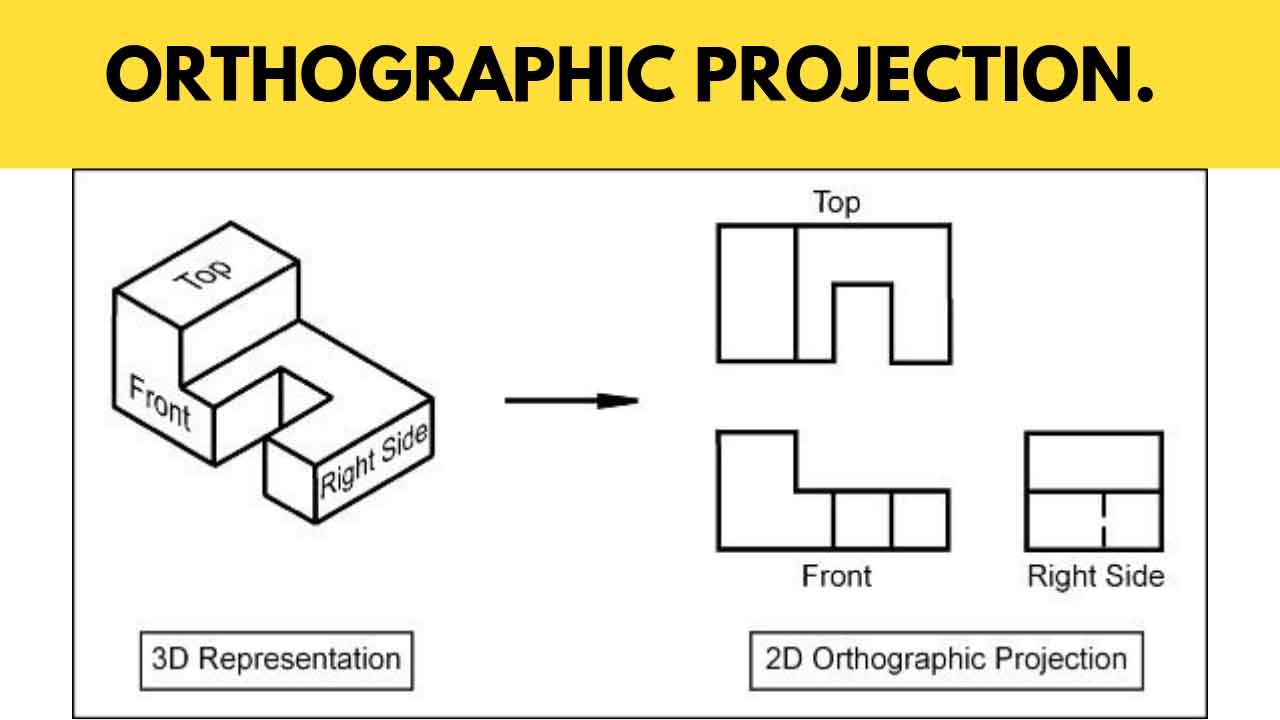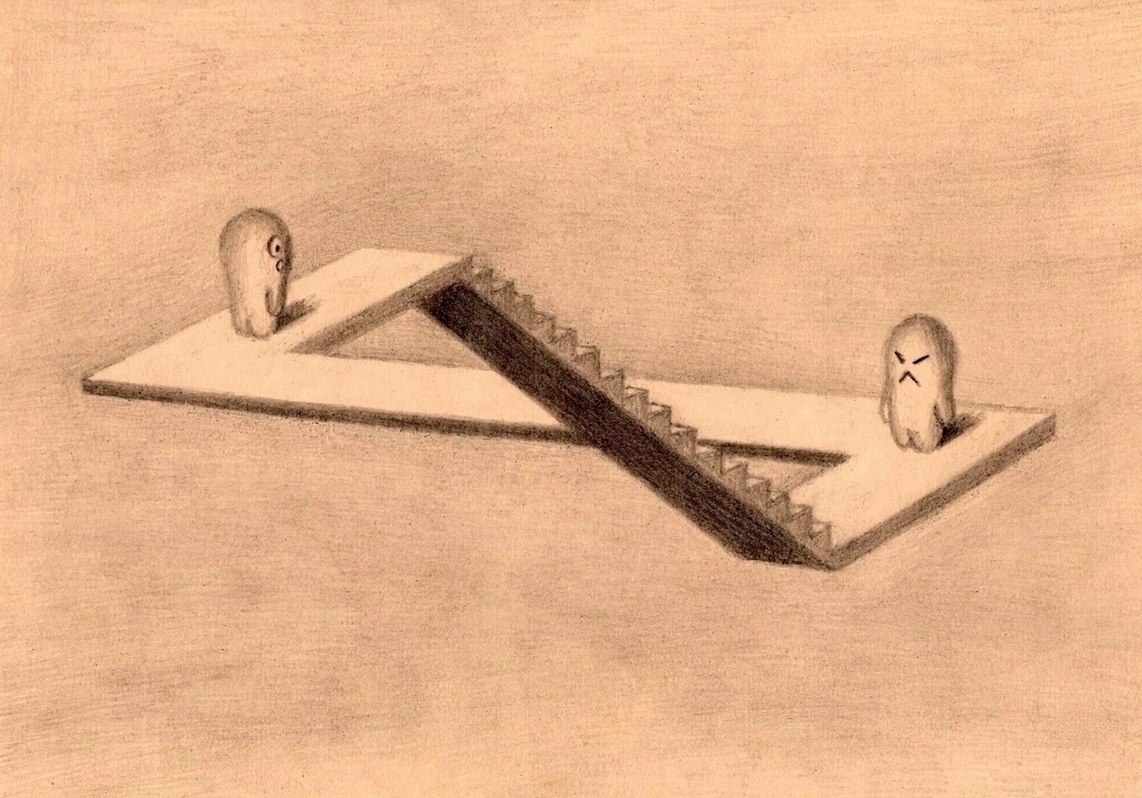Orthographic draw
Table of Contents
Table of Contents
If you’re interested in engineering or design, then you’re likely familiar with the concept of orthographic drawing. Using this technique, you can create a precise, detailed drawing of an object in two dimensions. However, if you’re new to the field, getting started can be a bit intimidating. In this blog post, we’ll explore how to draw orthographic drawing and provide you with helpful tips along the way.
Whether you’re a student or a professional, understanding how to use orthographic drawing can be challenging. With so many factors to consider, it’s easy to feel overwhelmed. Before diving into the specifics of how to draw orthographic drawing, let’s review some common pain points that can arise.
At its core, orthographic drawing involves creating two-dimensional representations of three-dimensional objects. This process requires a deep understanding of geometry, perspective, and spatial reasoning. Fortunately, by breaking down the process into manageable steps, you can learn how to draw orthographic drawing with ease.
To get started with orthographic drawing, you’ll need a few essential tools, including a ruler, compass, and protractor. It’s also helpful to have a clear understanding of the object you’re drawing, as this will help you accurately depict its dimensions and proportions.
My Personal Experience with Orthographic Drawing
During my time as an engineering student, I struggled to master the intricacies of orthographic drawing. However, with practice and patience, I eventually learned how to create detailed, accurate drawings of even the most complex objects. Here are a few tips that helped me along the way.
The Steps to Drawing Orthographic Drawing
Step 1: Choose the views - Before you begin drawing, consider which views you want to showcase. Typically, orthographic drawings include top, front, and side views, but you may need to include additional angles depending on the object. Step 2: Draw the main lines - Next, use a ruler to draw the primary lines of each view. Be sure to use precise measurements and make corrections as needed. Step 3: Add details - Once you’ve established your primary lines, you can begin adding details such as curves, circles, and angles. Take your time with this step to ensure accuracy. Step 4: Finish the drawing - Finally, review your completed drawing to ensure accuracy and make any necessary adjustments. Pay close attention to angles, dimensions, and overall proportion.
How to Use Orthographic Drawing in Design
In addition to being a valuable tool in engineering, orthographic drawing can also be a useful technique in design. By creating detailed drawings of your design, you can more easily communicate your ideas with clients and colleagues.
The Benefits of Learning Orthographic Drawing
Aside from its practical applications, learning how to draw orthographic drawing can also be a fulfilling and rewarding experience. By mastering the art of orthographic drawing, you’ll be able to bring your ideas to life in a way that’s both accurate and visually stunning.
Frequently Asked Questions About Orthographic Drawing
Q: What types of objects can be drawn using orthographic drawing techniques? A: Orthographic drawing can be used to depict any object, from simple geometric shapes to complex architectural designs. Q: Are there any online resources available for learning how to draw orthographic drawing? A: Yes, there are many online tutorials and instructional videos that can help you master the basics of orthographic drawing. Q: Do I need to be an artist or have special training to learn how to draw orthographic drawing? A: No, anyone can learn how to draw orthographic drawing with practice and patience. Q: Is orthographic drawing still relevant in today’s digital age? A: Absolutely. Orthographic drawing remains an essential skill for many fields, including engineering, architecture, and design.
Conclusion of How to Draw Orthographic Drawing
Whether you’re an aspiring engineer or a seasoned design professional, mastering the art of orthographic drawing is a valuable skill that can help you bring your ideas to life with precision and accuracy. By following the steps outlined above and practicing consistently, you’ll be well on your way to creating stunning orthographic drawings of your own.
Gallery
Orthographic Projection, Drawing: A Comprehensive Guide.

Photo Credit by: bing.com / orthographic projection comprehensive civilseek
Orthographic Drawing | Create WebQuest

Photo Credit by: bing.com / orthographic
ORTHOGRAPHIC PROJECTION IN ENGINEERING DRAWING - YouTube

Photo Credit by: bing.com / orthographic
ORTHOGRAPHIC PROJECTION IN ENGINEERING DRAWING - YouTube

Photo Credit by: bing.com / orthographic projection drawing engineering
Orthographic Draw | Orthographic Drawing | Pinterest | Orthographic

Photo Credit by: bing.com / isometric orthographic tecnico geometria sketching descritiva autocad projetivo projections paper raffles foundations hana basico hanifah kelas kelompok geometri perspektif kunjungi





